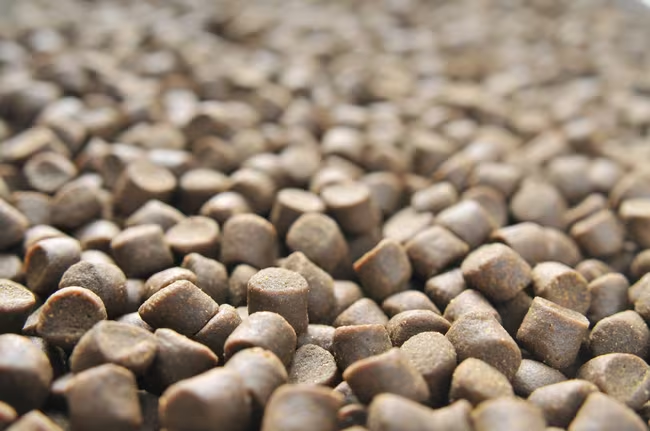 25 Jul 2025
25 Jul 2025
During the recent IFFO’s InFocus Workshop on Precision Nutrition for Aquaculture, Sofia Morais of Lucta looked at enhancing feed intake and profitability of fish farming.
Presenting the key role played by palatability, she said: “Palatability is the pleasantness of food and its ability to influence behaviors. It is linked to the experience of taste but is also influenced by both taste (sensory) and non-sensory factors like prior experience or nutritional needs.”
The interplay between two systems must be considered:
This involves dopamine pathways and energy balance pathways. This applies to all vertebrates but fish too discriminate tastes and have clear preferences about food.
Fish have the same five classic taste modalities (with a difference in salt taste):
“There is a second aspect we need to consider: taste sensing continues after feed ingestion. Taste receptors have been found in enteroendocrine cells along the gastrointestinal tract. These receptors influence gut peptides to be released, regulating satiety, gut transit, digestion and absorption. These taste receptors in the gut ensure a coordinated response to diet composition,” Ms Morais explained.
What is present in the aquatic environment that is eliciting palatability responses? Usually these are low molecular weight and molecular soluble compounds, released from potential prey items.
“We have all heard about the magic of marine ingredients. Palatability is one of those components. However, it is not magic at all. It is because those chemo-stimulants or chemosensory active substances are present in fishmeal and fish oil,” she said.
“When we start diminishing fishmeal and fish oil in the feeds below certain levels, we start seeing issues with palatability.”
Two strategies exist to reinforce palatability in feeds: specialty ingredients, naturally rich in chemo-stimulants, but there are seasonal changes and variation among sources. Additives are the other option: added on top and a more constant composition.
Subscribe now to the technical magazine of animal nutrition
AUTHORS
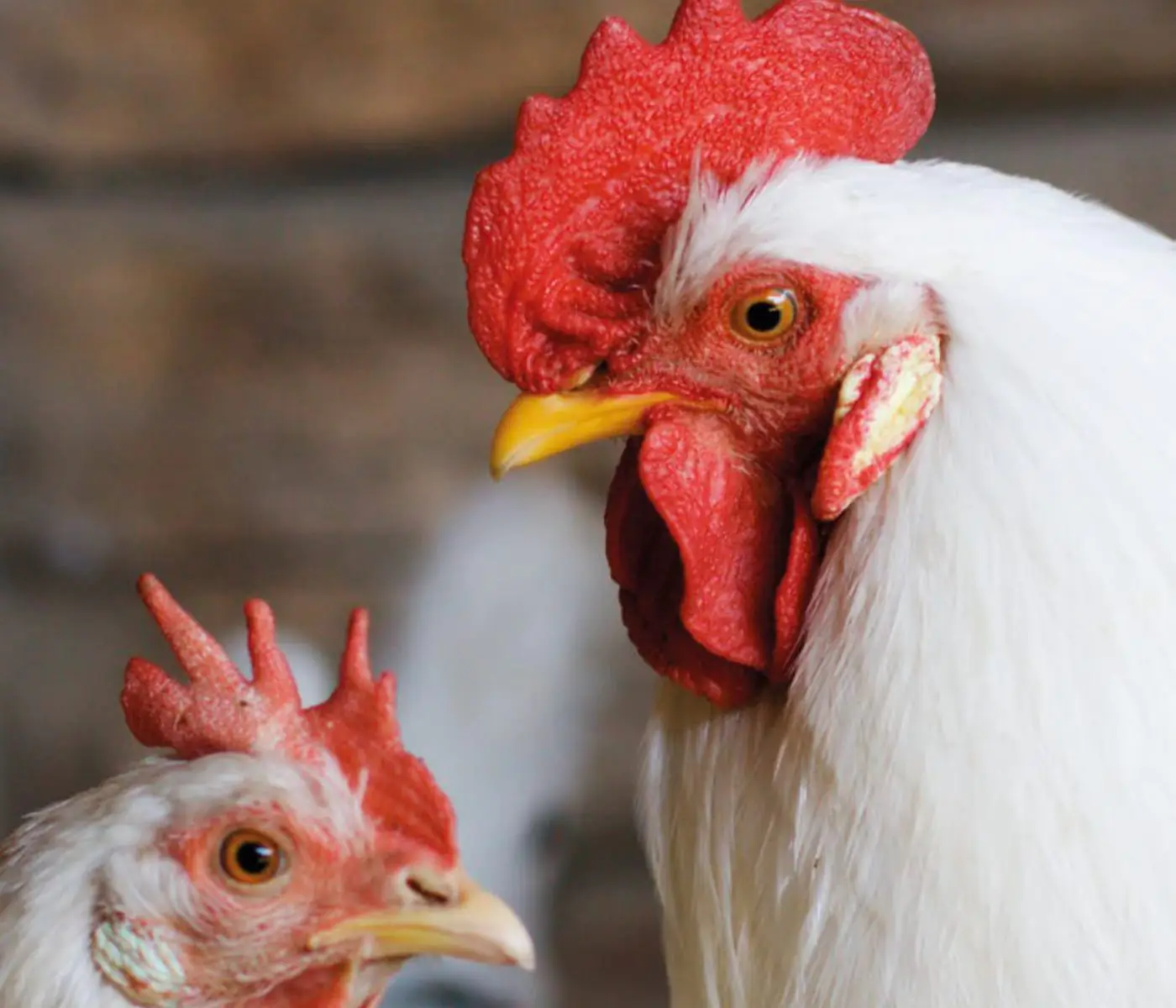
Nutritional Interventions to Improve Fertility in Male Broiler Breeders
Edgar Oviedo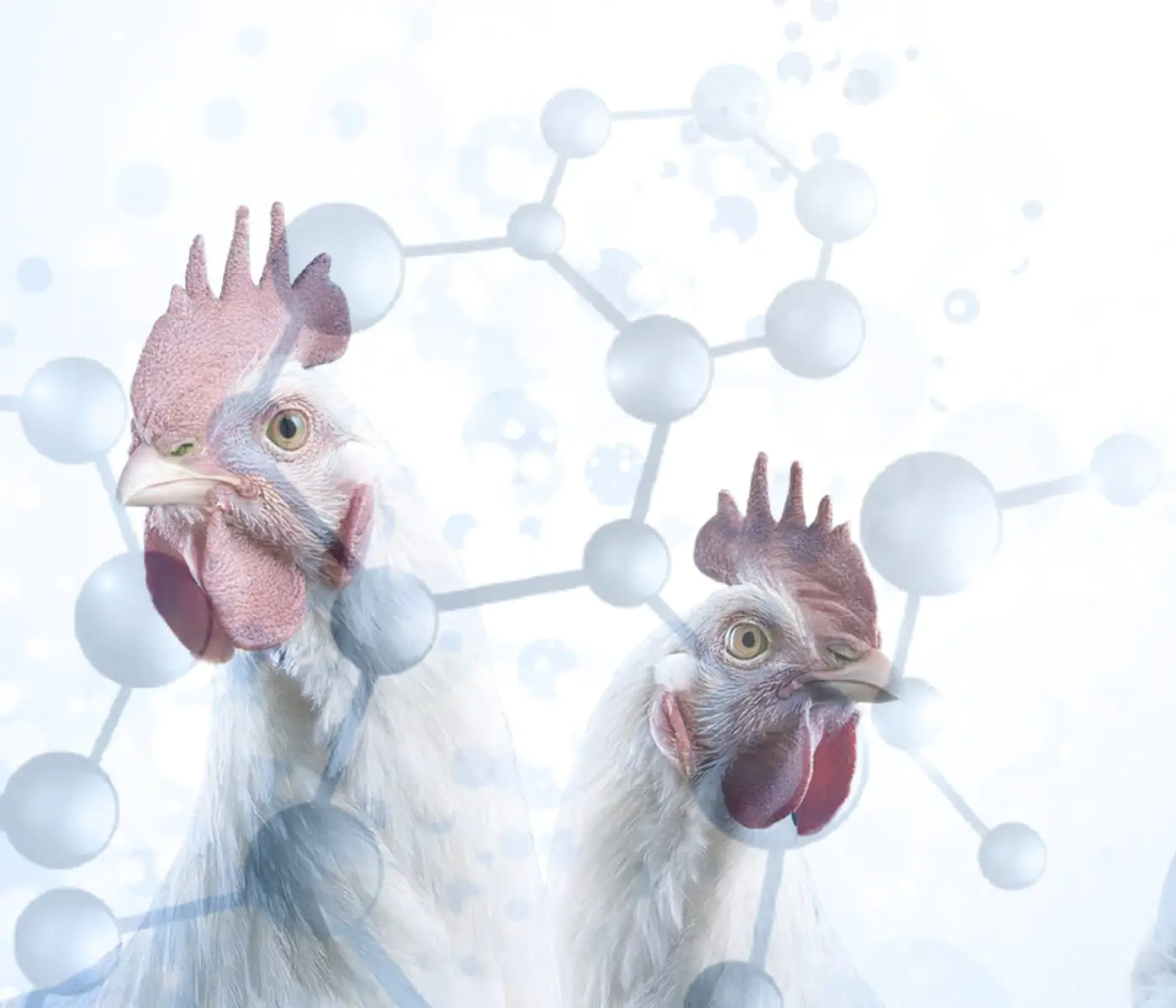
The Use of Organic Acids in Poultry: A Natural Path to Health and Productivity
M. Naeem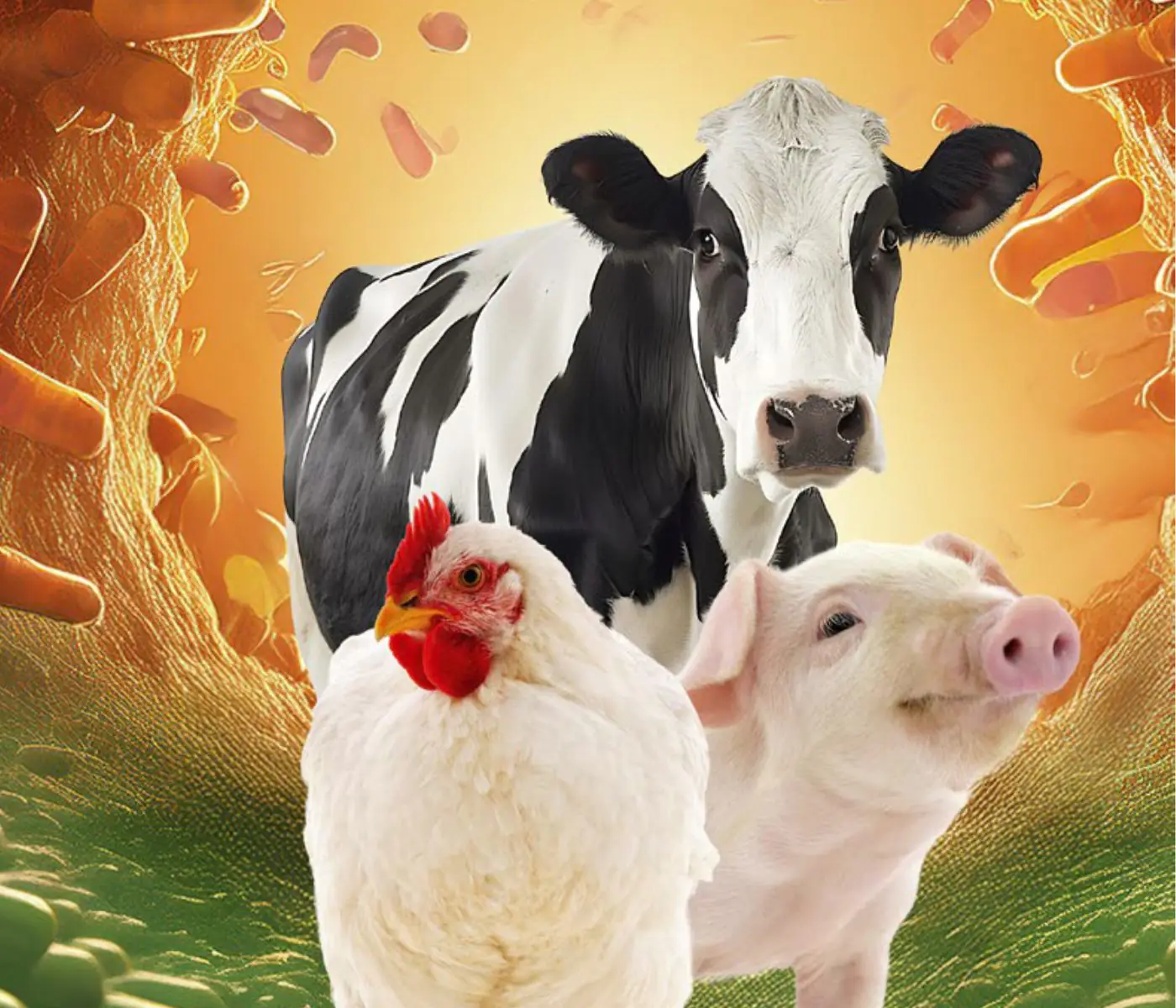
Synergistic Benefits of Prebiotics and Probiotics in Poultry, Swine, and Cattle
Gustavo Adolfo Quintana-Ospina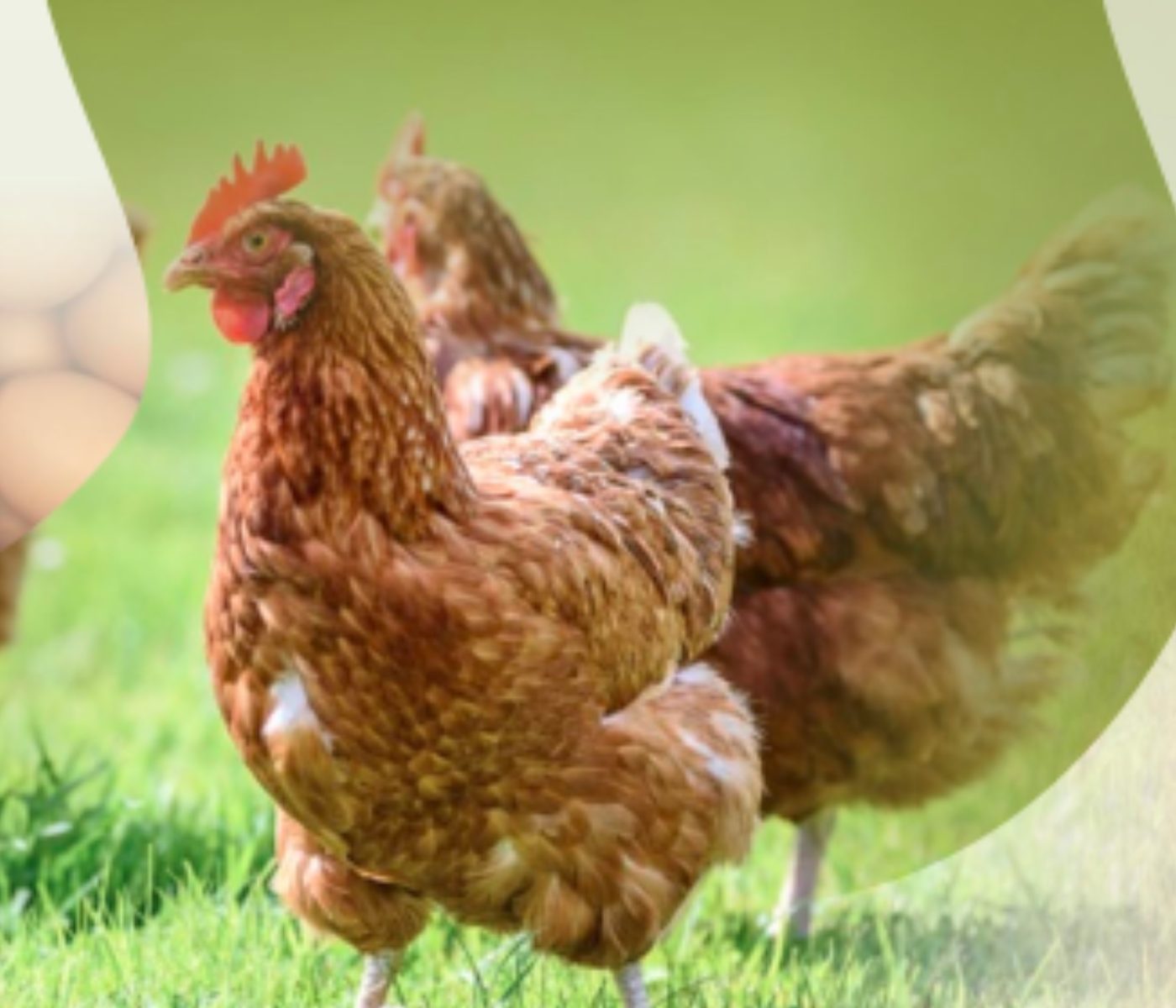
Hybrid Rye Potential in Laying Hen Feed Rations
Gwendolyn Jones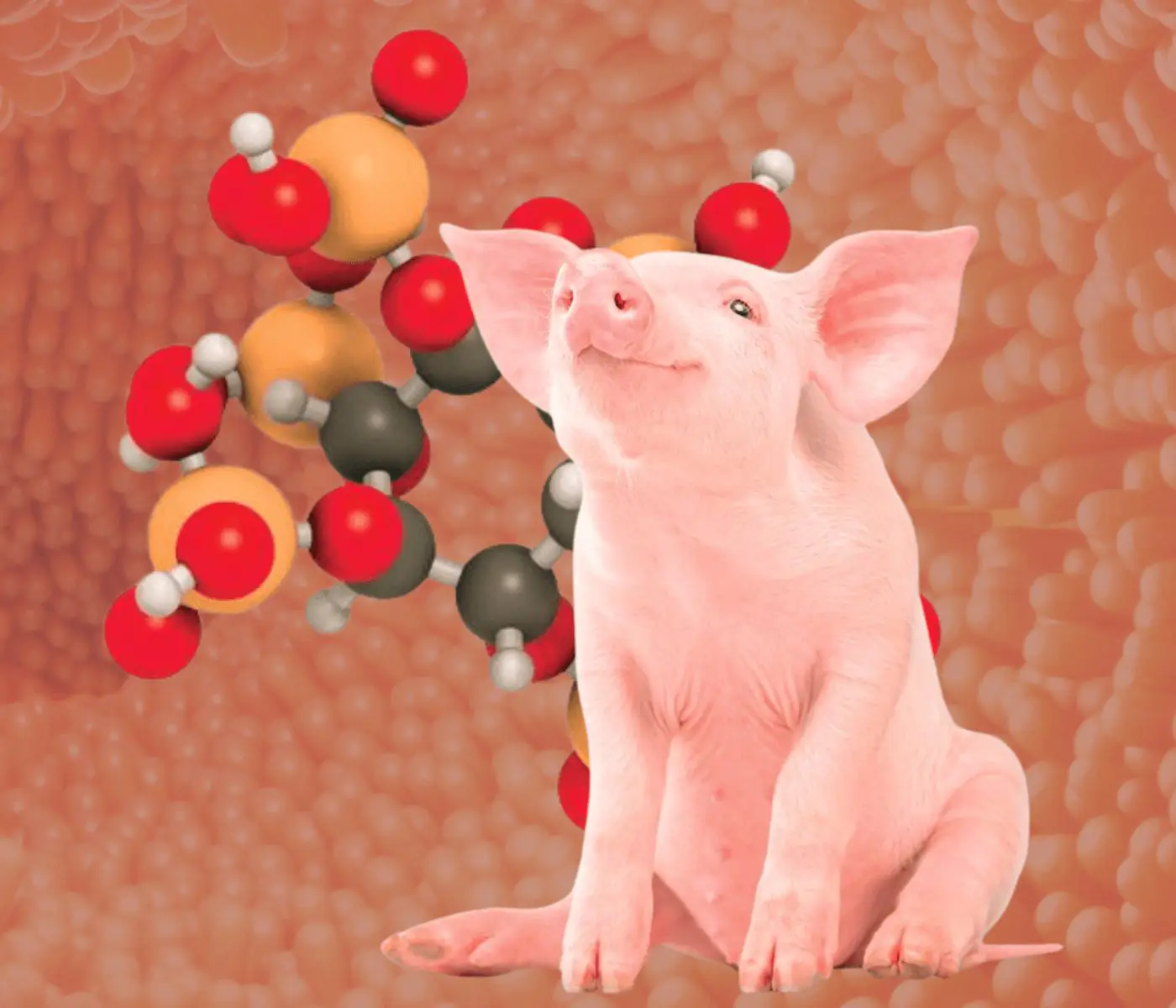
A day in the life of phosphorus in pigs: Part I
Rafael Duran Giménez-Rico
Use of enzymes in diets for ruminants
Braulio de la Calle Campos
Minerals and Hoof Health in the Pregnant Sow
Juan Gabriel Espino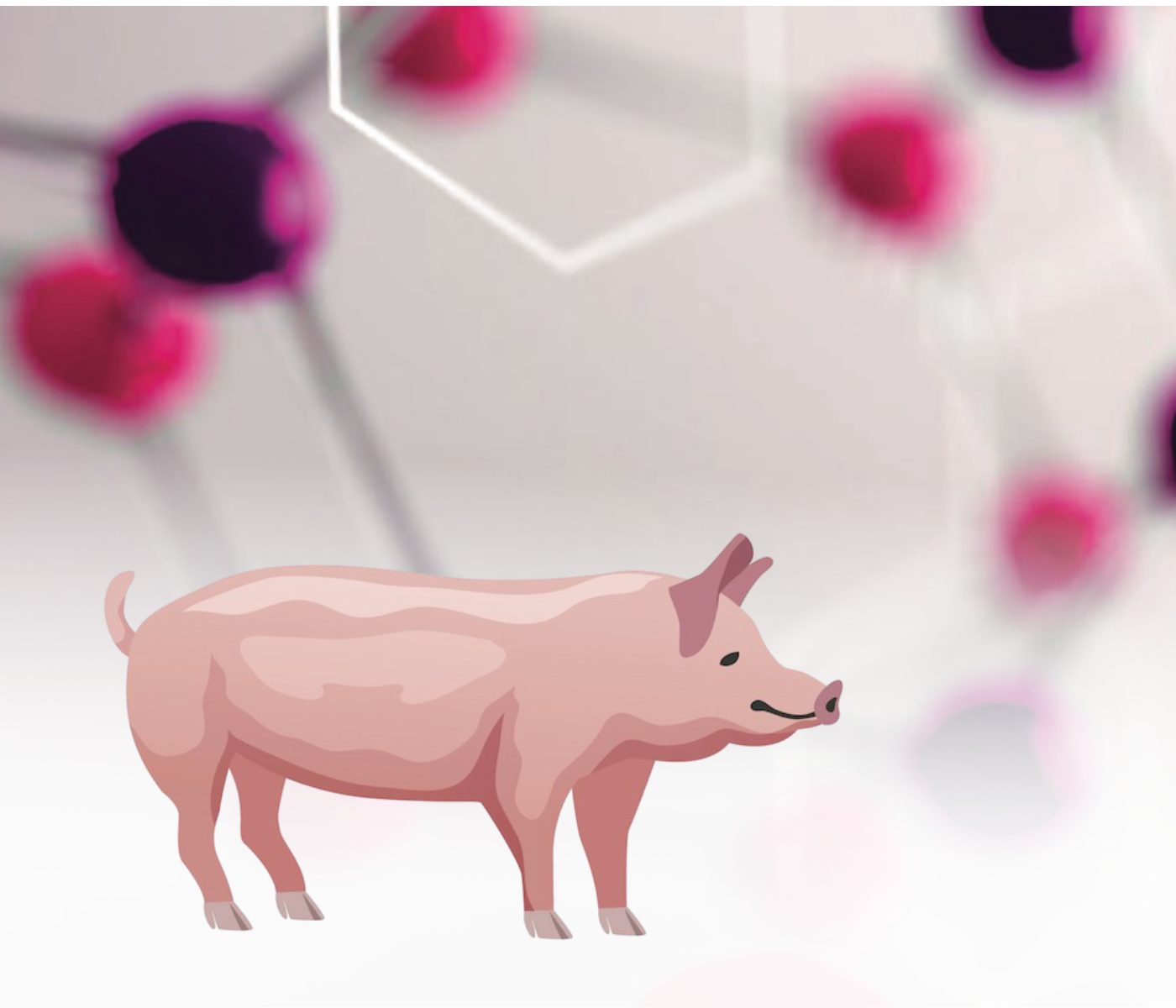
Impact of Oxidized Fats on Swine Reproduction and Offspring
Maria Alejandra Perez Alvarado